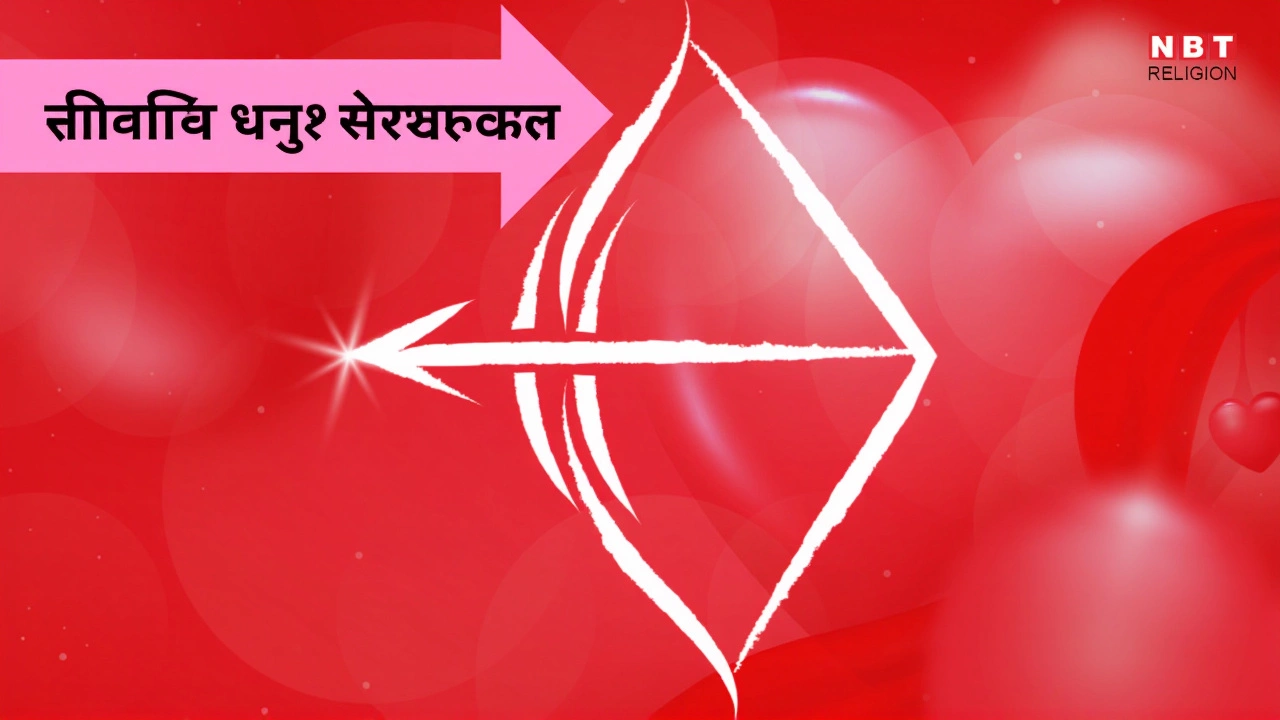Dussehra: Stories, Traditions and Festive Highlights
When you hear Dussehra, a major Hindu festival that marks the victory of good over evil and concludes the nine‑night Navratri celebrations, also known as Vijayadashami, the mind jumps to bright processions, dramatic plays, and the towering Ravana effigy that burns at sunset. Ravana, the ten‑headed antagonist of the Ramayana whose defeat by Lord Rama is reenacted across the subcontinent becomes the centerpiece of the night’s spectacle, while Navratri, the nine‑day festival of worshipping the goddess Durga leading into Dussehra provides the spiritual buildup. The event brings together families, tourists, and local artisans in a shared ritual that blends myth, music, and market commerce. In practical terms, Dussehra encompasses three core activities: the recitation of the Ramayana, the staging of Ramlila drama, and the ceremonial burning of the Ravana effigy – each a distinct yet interlinked expression of cultural identity. These activities illustrate the semantic triple “Dussehra encompasses Ramlila performances,” “Dussehra requires the burning of Ravana,” and “Navratri influences Dussehra celebrations.” Below you’ll find a curated mix of stories, travel tips, and culinary ideas that show how this festival lives on in different corners of India.
Key Elements of Dussehra Celebrations
First, the narrative backdrop: the ancient epic of the Ramayana tells how Lord Rama rescued Sita by defeating Ravana, a story that fuels the dramatic enactments seen in every town from Delhi’s Chowmahalla to Mysore’s grand procession. The attribute “mythical hero” (entity: Lord Rama) pairs with “ten‑headed demon” (entity: Ravana) to create a vivid conflict that audiences instantly recognize. Second, the visual spectacle: massive bamboo and papier‑mâché effigies of Ravana, Kumbhakarna, and Meghanada are erected weeks before the festival, painted in bright reds and golds, then set alight at dusk – a literal and symbolic purging of negativity. The attribute “effigy size” often reaches 30‑40 feet, and the value “burn time” can exceed 30 minutes, turning the night sky into a fireworks‑filled canvas. Third, the culinary side: regional sweets like Mysore pak, Gujarat’s gajar halwa, and Bengal’s khichuri become staples on festival tables, connecting food culture to the celebration’s timing. Together, these elements illustrate how Dussehra links myth (Ramayana), performance (Ramlila), and community (feasts, markets), creating a multi‑layered experience that appeals to both devout participants and curious visitors.
Whether you’re planning a trip to see the towering Ravana flame in Rajasthan, looking for recipes that capture the sweet taste of victory, or simply want to understand how Navratri’s nine nights flow into the climactic Vijayadashami, this collection of articles will give you practical insights and vivid stories. Scroll down to discover guides on where to witness the most spectacular processions, tips for navigating festival crowds, and background on the ancient texts that still shape modern celebrations. The range below shows how Dussehra lives in temples, streets, and kitchens alike, offering a complete picture of this dynamic holiday.
Culture & Society

October 2025 Hindu Festival Calendar: From Dussehra to Chhath Puja
October 2025 packs Dussehra, Diwali, Karva Chauth, Gujarati New Year and Chhath Puja into a vibrant festival calendar, impacting culture, economy and millions of devotees.